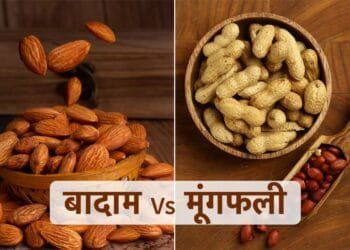The Indian Rural Medical Council is an independent body dedicated to improving rural health systems in India. Our mission aligns with the World Health Organization’s slogan of “Health for All,” as we believe that healthcare is a fundamental right for every individual. Unfortunately, in India, a lack of quality infrastructure, qualified medical professionals, and access to basic medicines and facilities prevents healthcare from reaching 60% of the population.
In rural areas, where the majority of 700 million people reside, the condition of medical facilities is deplorable. The dire need for new practices and procedures to ensure quality and timely healthcare in these deprived corners of Indian villages is evident. While the government has implemented various policies and programs, their success and effectiveness remain questionable due to implementation gaps.
Primary healthcare centers (PHCs) in rural India are limited in number, and 8% of these centers do not have doctors or medical staff. Additionally, 39% lack lab technicians, and 18% do not even have a pharmacist. The concentration of 75% of health infrastructure, medical manpower, and resources in urban areas, where only 27% of the population resides, exacerbates the healthcare disparities.
Rural areas are plagued by contagious, infectious, and waterborne diseases such as diarrhea, amoebiasis, typhoid, infectious hepatitis, worm infestations, measles, malaria, tuberculosis, whooping cough, respiratory infections, pneumonia, and reproductive tract infections. However, non-communicable diseases such as cancer, blindness, mental illness, hypertension, diabetes, HIV/AIDS, accidents, and injuries are also on the rise.
The health status of Indians, particularly in rural areas, remains a grave concern. The life expectancy stands at 63 years, the infant mortality rate is 80/1000 live births, and the maternal mortality rate is 438/100,000 live births. Although progress has been made over time, there is still much work to be done.
One pressing issue that needs attention is road traffic accidents. According to government figures, around 200,000 people in India die from road traffic accidents each year. In the past decade alone, more than 5 million Indians have suffered severe injuries or are living with disabilities as a result of these accidents.
The Indian Rural Medical Council recognizes the urgent need for comprehensive and sustainable solutions to address the healthcare challenges faced by rural communities. We are committed to working towards bridging the gaps in healthcare access, improving infrastructure, and ensuring the presence of qualified medical professionals in rural areas.
Through collaboration with government agencies, non-profit organizations, and other stakeholders, we aim to implement effective programs and initiatives that will bring quality and timely healthcare to the deprived corners of Indian villages. Our efforts will focus on improving primary healthcare centers, increasing the availability of medical staff, enhancing laboratory facilities, and ensuring the availability of essential medicines.
We also recognize the importance of preventive healthcare and will work towards raising awareness about hygiene, sanitation, and disease prevention in rural communities. By empowering individuals with knowledge and promoting healthy behaviors, we can reduce the burden of both communicable and non-communicable diseases.
Furthermore, we will advocate for policy changes and reforms to address the systemic issues that hinder the delivery of healthcare services in rural areas. By working closely with policymakers and advocating for increased investment in rural healthcare, we can create sustainable change and improve the health outcomes of rural populations.
The Indian Rural Medical Council is dedicated to its mission of ensuring “Health for All” in rural India. We believe that every individual, regardless of their geographic location, deserves access to quality healthcare. Through our collective efforts, we can make a significant impact and improve the lives of millions of people in rural India.

























